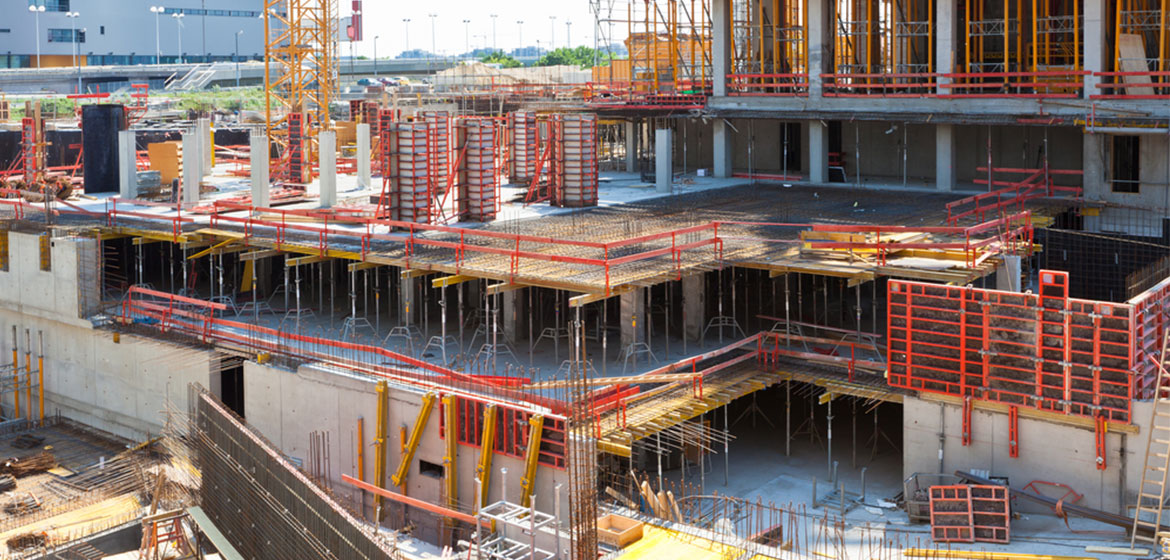10 Building Code Violations You Should Definitely Avoid

Building codes are essential regulations put in place to ensure the safety, functionality, and integrity of structures. Adhering to these codes is crucial for builders, contractors, and property owners to avoid potential hazards, legal issues, and costly consequences. In this post, we will highlight ten building code violations that you should definitely avoid. Understanding these violations will help you navigate the construction process responsibly and ensure compliance with local building regulations.
Improper Electrical Wiring
Improper electrical wiring poses significant safety risks, including electrical fires, electrocution, and equipment damage. Violations such as incorrect wire sizing, insufficient grounding, improper junction box installations, or inadequate spacing between wires can lead to hazardous conditions. It is essential to consult licensed electricians and follow electrical codes and standards to ensure safe and reliable electrical installations.
Inadequate Structural Support
Neglecting proper structural support can compromise the stability and safety of a building. Violations may include using undersized or insufficient load-bearing elements, inadequate reinforcement in concrete structures, or failing to follow specified structural design requirements. Compliance with structural codes is crucial to prevent structural failures, collapses, and potential injuries or fatalities.
Insufficient Fire Safety Measures
Fire safety violations can have catastrophic consequences. Failure to install fire-rated materials, inadequate fire extinguisher placement, inadequate fire escape routes, or improper fire sprinkler installations are all serious code violations. Adhering to fire safety codes and consulting with fire protection experts can help ensure the implementation of proper fire prevention and suppression measures.
Lack of Proper Ventilation
Inadequate ventilation can result in poor indoor air quality, moisture-related problems, and potential health hazards. Violations include insufficient ventilation in bathrooms, kitchens, or enclosed spaces, as well as improper ventilation system installations. Following ventilation codes and standards ensures proper airflow, humidity control, and the removal of pollutants, contributing to a healthy and comfortable indoor environment.
Unsafe Staircase Design
Staircases that do not comply with building codes pose a significant risk of accidents and injuries. Violations may include inconsistent riser and tread dimensions, inadequate handrail or guardrail installations, improper stair width, or non-compliant step height. Ensuring proper staircase design and adherence to codes guarantees safe vertical circulation within the building.
Inadequate Accessibility for People with Disabilities
Failure to provide accessibility for individuals with disabilities is not only a violation of building codes but also a violation of their rights. Insufficient provisions such as inaccessible entrances, inadequate parking spaces, lack of wheelchair ramps, or improperly designed restrooms can hinder the mobility and independence of disabled individuals. Compliance with accessibility codes, such as the Americans with Disabilities Act (ADA), promotes inclusivity and equal access for all.
Improper Plumbing Installations
Plumbing violations can lead to water leaks, sewage backups, and health hazards. Common violations include incorrect pipe sizing, improper venting, inadequate drainage slope, or non-compliance with plumbing code requirements. Adhering to plumbing codes and consulting with licensed plumbers ensures the proper functioning and safety of plumbing systems.
Non-Compliant Window and Door Installations
Improper installation of windows and doors can compromise energy efficiency, structural integrity, and security. Violations may involve inadequate weather sealing, improper frame installations, non-compliant egress requirements, or insufficient impact resistance in hurricane-prone regions. Following window and door installation codes guarantees proper functionality, weather resistance, and occupant safety.
Violations in Electrical Panel Installations
Electrical panel violations can lead to electrical hazards, including short circuits, overheating, or electrical fires. Violations may involve inadequate clearances around the panel, improper grounding, improper wiring connections, or using panels that do not meet safety standards. Complying with electrical panel codes and consulting with qualified electricians ensures safe and efficient electrical distribution within the building.
Non-Compliance with Energy Efficiency Standards
Energy efficiency violations contribute to excessive energy consumption, higher utility costs, and environmental impact. Violations may include inadequate insulation, non-compliant HVAC installations, or the use of inefficient lighting systems. Adhering to energy efficiency codes and standards promotes sustainability, reduces energy waste, and enhances building performance.
Building code violations not only compromise the safety and functionality of structures but can also result in legal liabilities, costly repairs, and reputational damage. By understanding and adhering to building codes, including electrical wiring standards, structural support requirements, fire safety measures, ventilation guidelines, accessibility provisions, plumbing regulations, window and door installations, electrical panel codes, and energy efficiency standards, builders, contractors, and property owners can ensure compliance and create safe, durable, and sustainable buildings.
Prioritizing code compliance from the beginning of a project will help avoid potential violations, protect occupants, and uphold professional integrity in the construction industry.